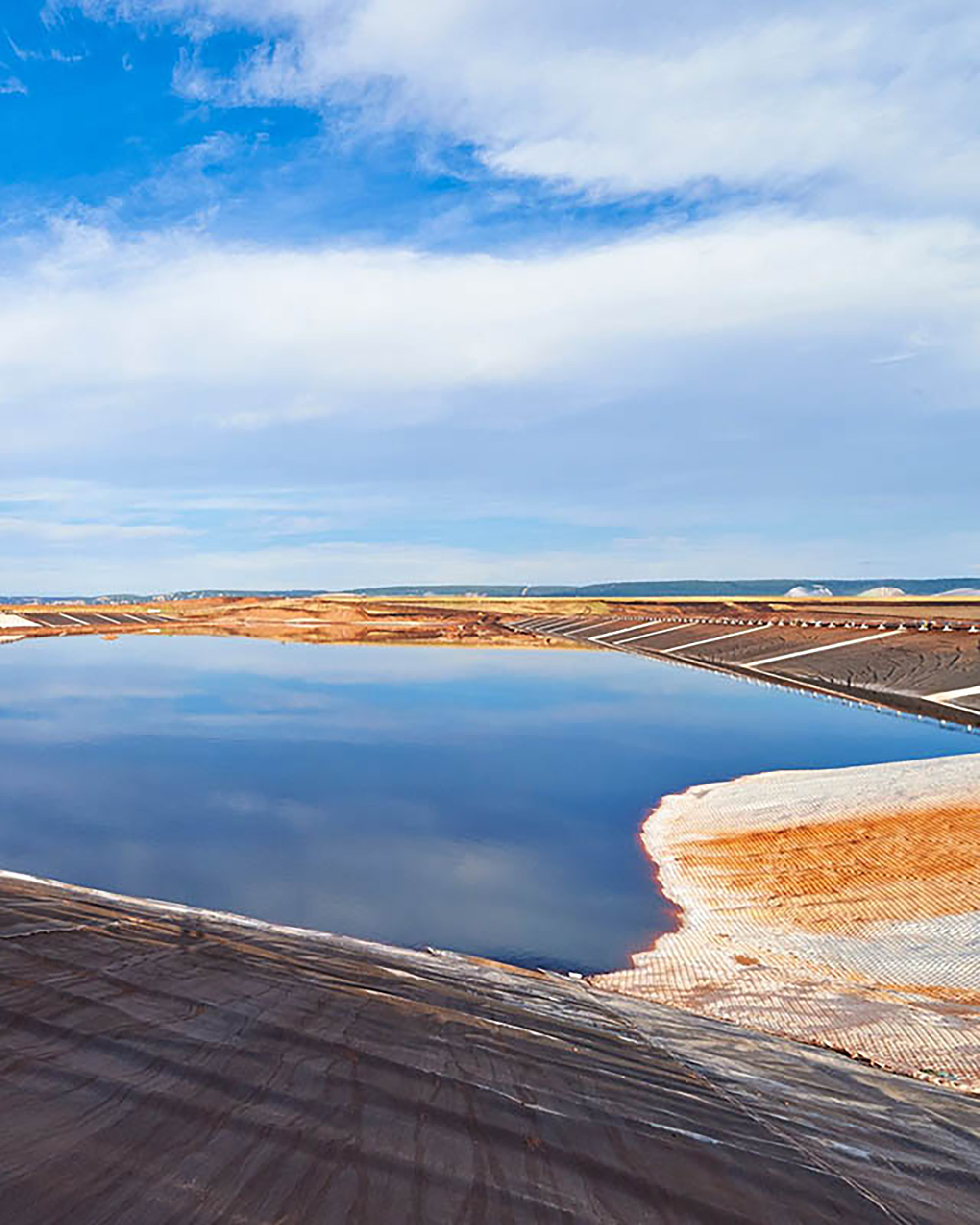The key elements of our Impoundment Management and Governance include:
- A governance structure that provides global oversight to the impoundment’s accountable executive, with clearly defined responsibilities.
- Compliance with location-specific regulations and our globally mandated impoundment standards for planning, design, construction, operations, maintenance and closure.
- Long-term (25-year) strategic plans with matching capital expenditure plans for impoundment life cycle management and technology deployment.
- Review and assurance, including annual independent third-party reviews of our impoundment designs, inspections and audits of all our impoundment facilities. This includes regulatory certification of tailings dams in specific countries, such as Brazil.
- Emergency Preparedness and Response plans for extreme consequence events like rainfall and earthquakes. They include developing hypothetical dam break assessments on credible failure modes, including scenario testing at locations.
Consequence Ratings
Alcoa is committed to the new Global International Standard for Tailings Management (GISTM) co-convened by the International Council on Mining and Metals (ICMM), United Nations Environmental Programme (UNEP) and the Principles for Responsible Investment (PRI), and launched in August 2020. Alcoa is one of 28 ICMM member companies world-wide who have voluntarily committed to conform to the GISTM across our tailings’ dams by August 2025. Our commitment to conform to GISTM is an opportunity to continuously improve our already comprehensive impoundment management practices and provide a greater level of transparency.
As per the ICMM Conformance Protocol - Global Industry Standard on Tailings Management (GISTM), all tailings’ dams with a consequence category rating of ‘Very high’ or ‘Extreme’ as per GISTM Annex 2, Table 1 Consequence Classification Matrix are required to be in conformance by August 2023, with the balance of facilities due to be in conformance by August 2025. Consequence classifications have been historically used in the water dam industry to assess potential downstream impacts if a hypothetical failure scenario were to occur. A consequence classification system has been adopted to existing and new tailings dams and is not a risk rating associated with the probability or likelihood of a failure of a tailing’s dam.
Alcoa has been managing tailings facilities globally for over 60 years at the current operating locations without a catastrophic tailings or water dam failure. Alcoa currently has 80 tailing dams across four continents as per the Alcoa Impoundment Database.
Of Alcoa’s global inventory of 80 tailings’ dams in the Alcoa Impoundment Database, 11 tailings dams have been assessed with a very high consequence classification and one with an extreme consequence classification as per GISTM. These impoundments have been audited by an Independent Third Party and assessed as in conformance1 with GISTM as required by ICMM Conformance Protocol - Global Industry Standard on Tailings Management (GISTM).
In accordance with GISTM requirement 15.1 Alcoa’s Impoundment disclosure is provided at this link.
Alcoa’s global inventory of impoundment facilities is updated annually, with the most recent upload on July 31, 2024.
1Denotes conformance as per ICMM Conformance Protocol - Global Industry Standard on Tailings Management (GISTM)
